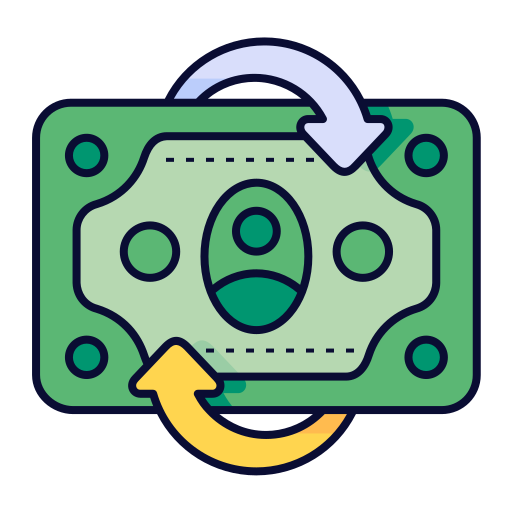Strike Price & Expiry Date Selection For Call Options
Options Investing Hub ⮞ Long Call Options ⮞ Strike Price & Expiry Date Selection For Call Options
6 RESOURCES
⮞ Introduction
⮞ Pros & Cons Of Long Call
⮞ What Stocks To Buy Using Call Options
⮞ Entry Rules Of Long Call
⮞ Strike Price & Expiry Date Selection
⮞ Exit Rules Of Long Call
Strike Price & Expiry Date Selection
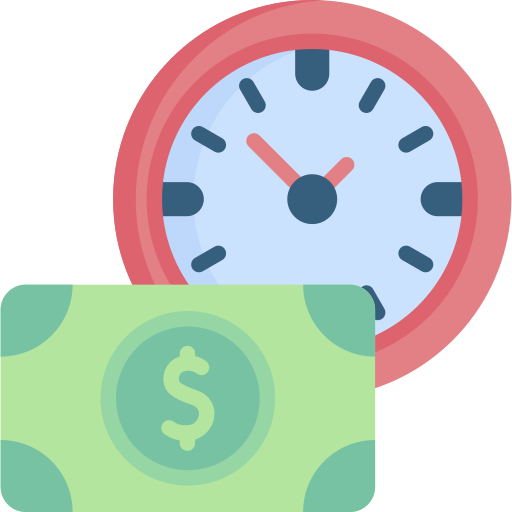
Now we have gone through the entry rules of the long call strategy.
And to recap, there are four criteria to enter a long call:
- Fundamentally good stock
- The stock is on an uptrend
- The stochastics is oversold
- Follow portfolio sizing
Right now, we want to go into the nitty gritty of choosing the actual call options.
Remember that call options has a few elements:
- The underlying stock (decided by 8-point checklist)
- The strike price (discuss in this section)
- The expiration date (discussed in this section)
- The option premium (decided by portfolio sizing)
Let's first start with expiration date.
Selection of Expiry Date
To start explaining the selection of expiry date, I want to recap on the concept of time decay.
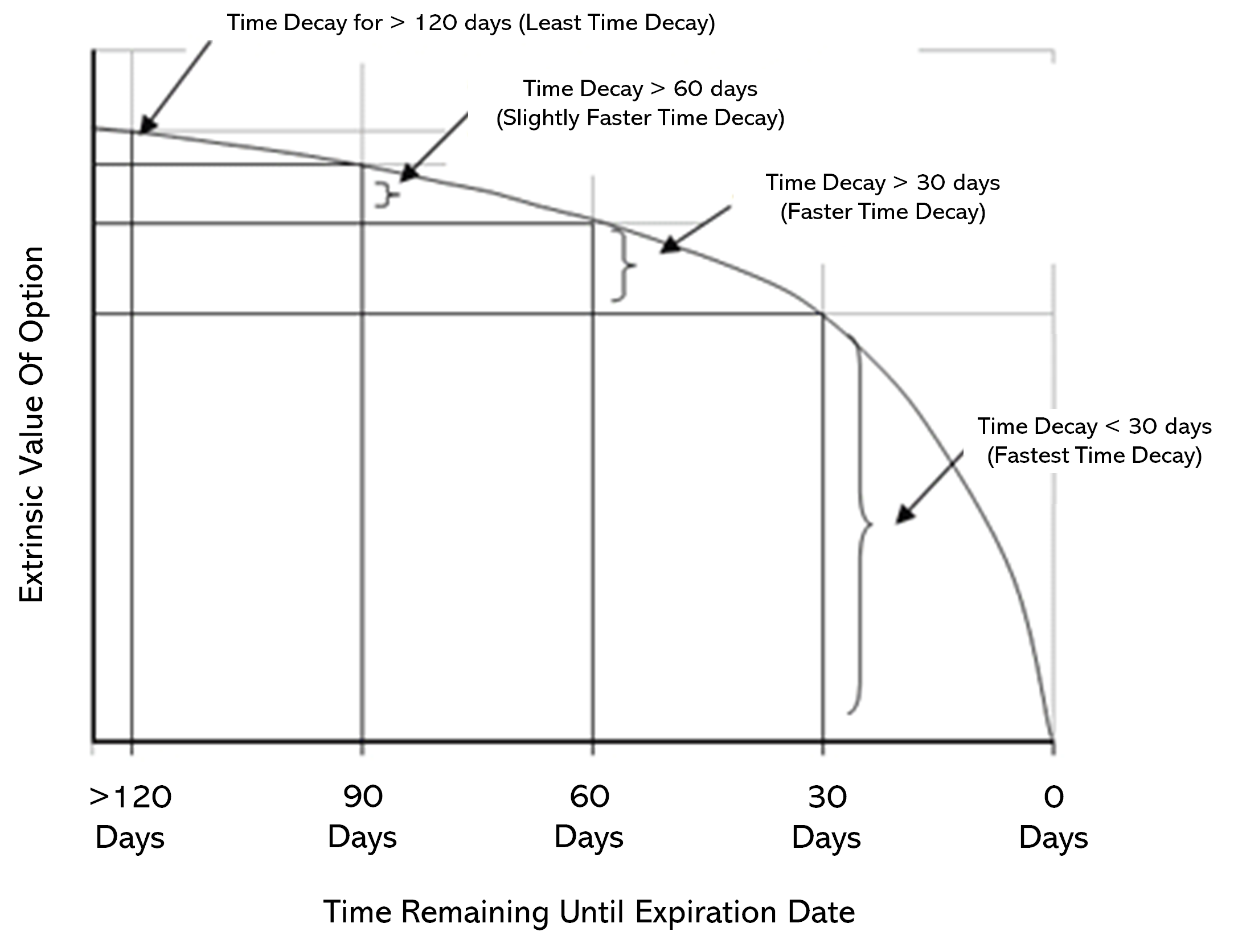
Remember that when we buy call options, we are fighting with time decay.
That's why we want the time decay to be as slow as possible.
When we look at the above graph, we can see that the longer time expiry date, the slower the time decay.
This is is why we want to select a call option with a longer expiry date - typically more than 300 days.
Another reason why we want to buy a call option with a longer expiry date is because it gives us more time to be correct - that's why in a way it is safer.
Remember the concept of the break-even price of a call option.
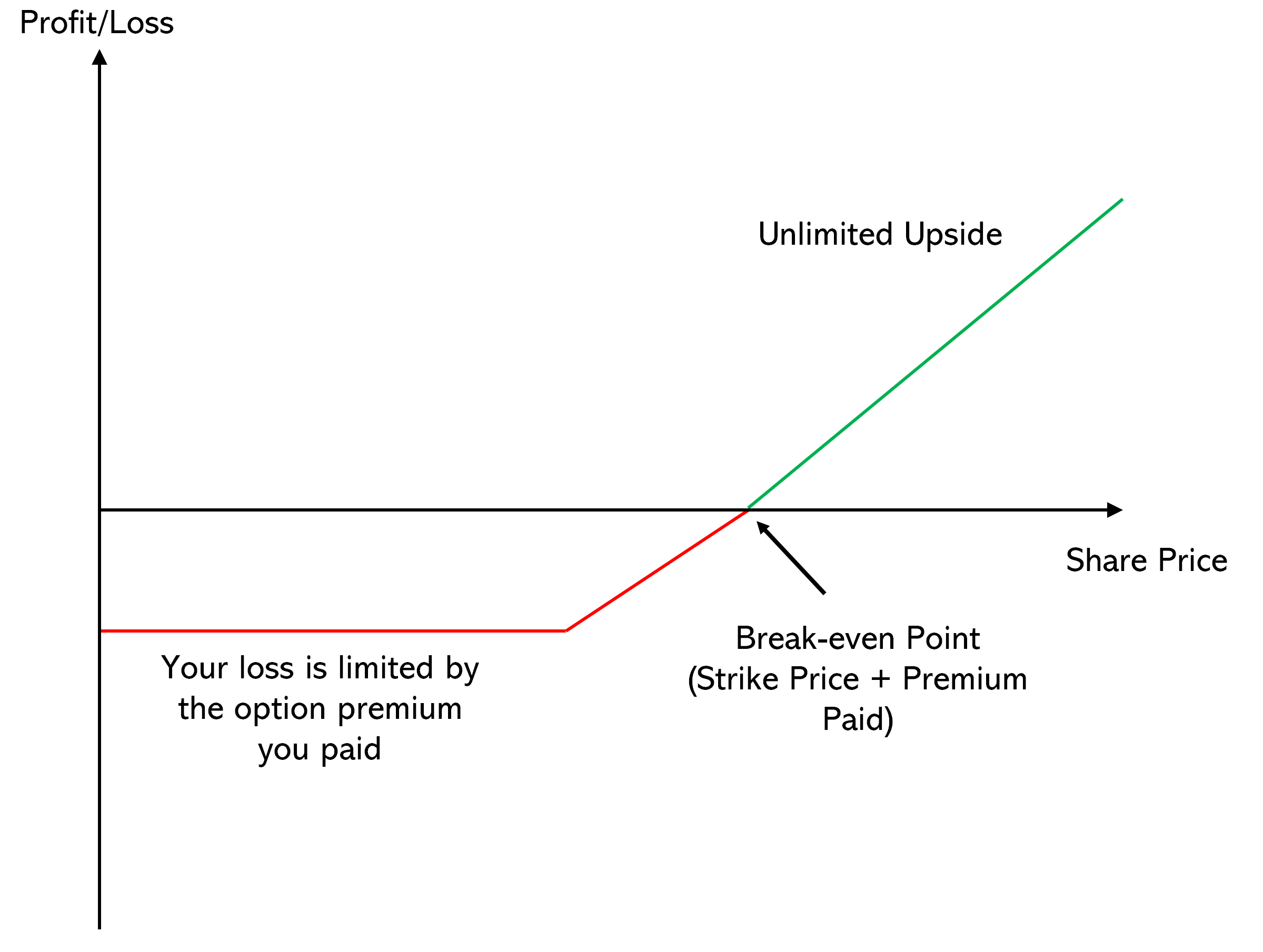
Risk Profile Graph of Call Option at Expiry
At the time of expiry, in order for your call option to break even, the stock price has to be: Strike Price + Premium Paid.
And I want to consider the breakeven price at expiry because that is the worse case scenario where all the extrinsic value have already decayed.
To illustrate this, here's an actual option chain of Facebook with 466 days of expiry.
The share price of Facebook at that point of time was $264.45.
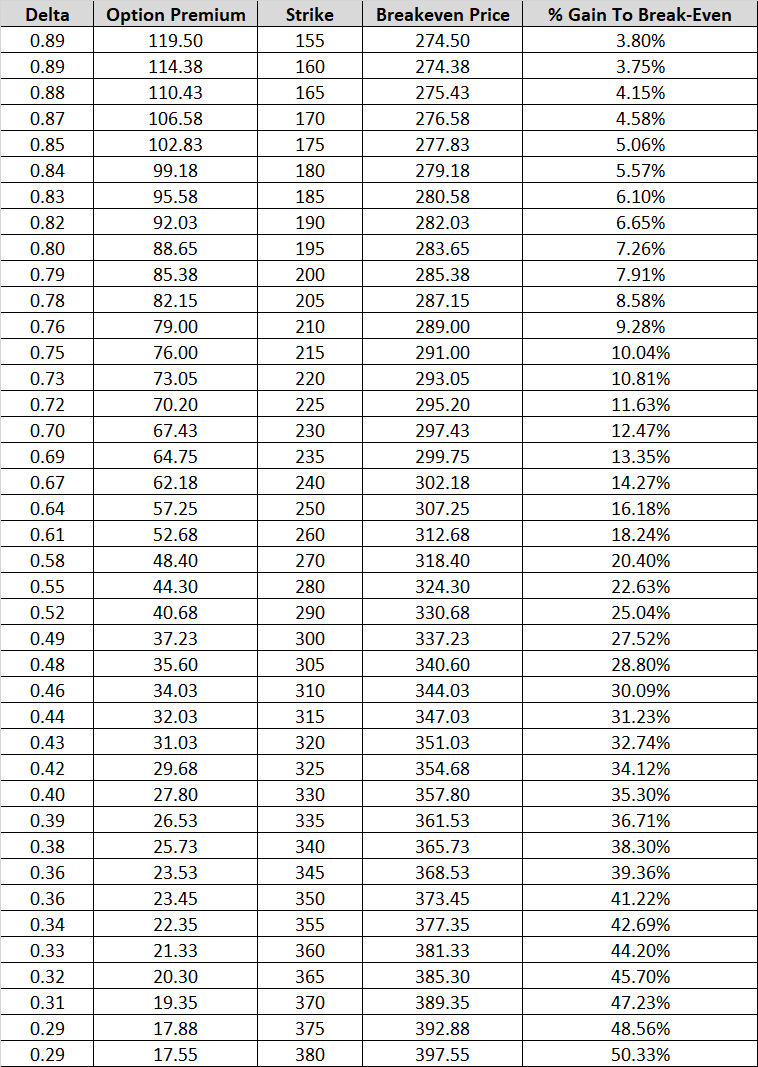
FB Call Option Chain With 466 Days of Expiry shows the required breakeven price at expiry date. - Current Share Price: $264.45
This is an actual call option chain of Facebook when the share price of Facebook was at $264.45.
Perhaps, it is easy to visualize this table of figures in a form of a graph.
Note: An option delta is amount an option price is expected to move based on a $1 change in the underlying stock.
In this context, we are using the option delta to select the strike price of our option.
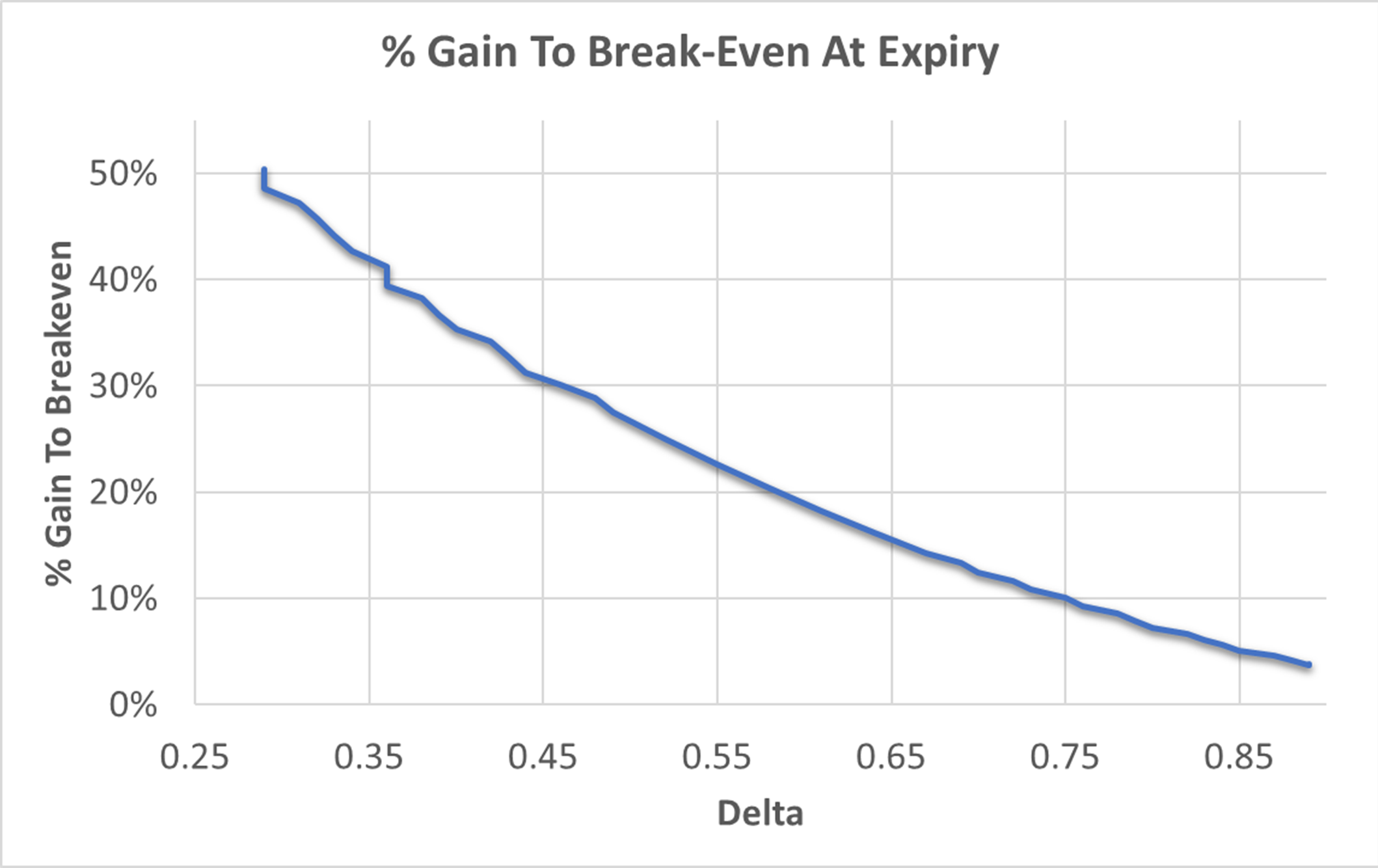
You can see that the higher the option delta - the lower the percentage gain is required to breakeven at expiry.
So you can see that, when we select an option - we don't want to select a call option that has very little delta - because it is much riskier.
A conservative expected gain on a quality stock is around 15% annually.
This means we want to select a call option that have a delta of more than 0.70.
However, notice that the higher the delta, the more expensive the call option as well.
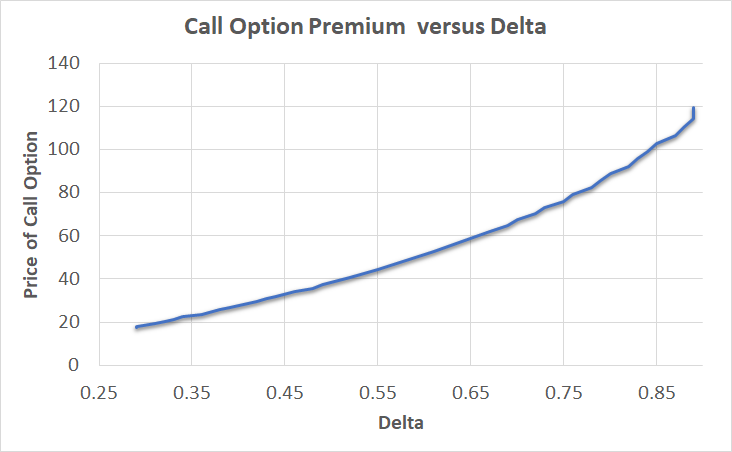
So how can we select the proper strike price then?
Selection of Strike Price
The selection of strike price has two criteria:
- Option delta has to be more than 0.70
- Open interest has to be more than 300
Option Delta
Let's start by explaining why the option delta has to be more than 0.70.
As mentioned before, we use option delta to select the strike price of the option.
Based on the two graphs above, we can observe two relationships:
- 1The higher the option delta, the lower the required percentage gain to break even (i.e it is safer to choose an option with a higher delta)
- 2However, the higher the option delta, the more expensive the option premium is as well.
Based on these two relationships, we understand that there has to be a balance between the two relationships.
So how do we decide what option delta is optimum?
The answer lies in the required percentage to breakeven.
Remember that we will select an option expiry date of at least 300 days.
So we need to ask ourselves, what is a realistic stock gain within 300 days?
Well, the answer may be different for everyone.
However, for me - if I invested in a stock that passes that 8-point checklist and up trending, I would say a realistic gain is around 15%.
Let's go back to the table of values above.
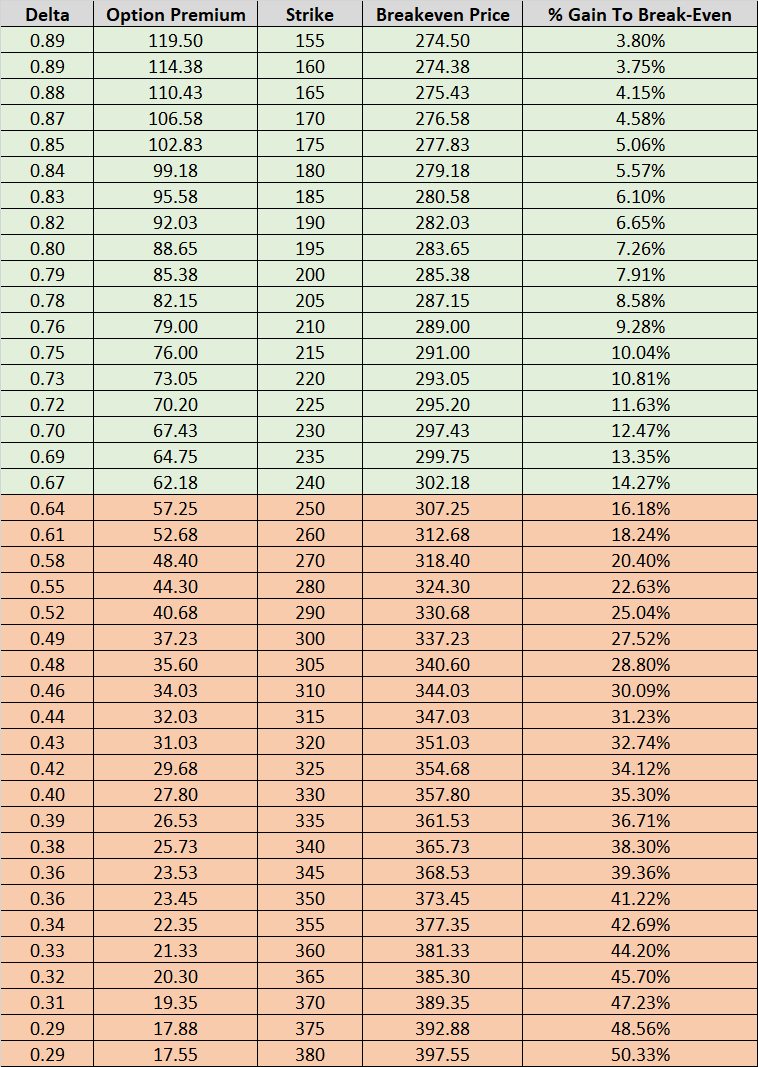
Green denotes breakeven percentage gain is less than 15%
I want to choose the cheapest option available that gives me a breakeven percentage of 15% or lower.
In this above example, that would a delta of 0.67 and above.
However, it will be tedious for us to always generate this table of values every single time we want to buy a call option.
So the general guideline is this: choose the strike price that gives an option delta of at least 0.7.
Open Interest
Now, let's discuss open interest.
Definition: Open interest refers to the total number of outstanding derivative contracts that have not been settled.
To put it simply, the higher the open interest, the easier it is to sell away the contract. There are cases where there are little open interest, and it makes it very hard to sell away the call option.
As a general guideline, we want an open interest of more than 300.
So let's do a little quiz:
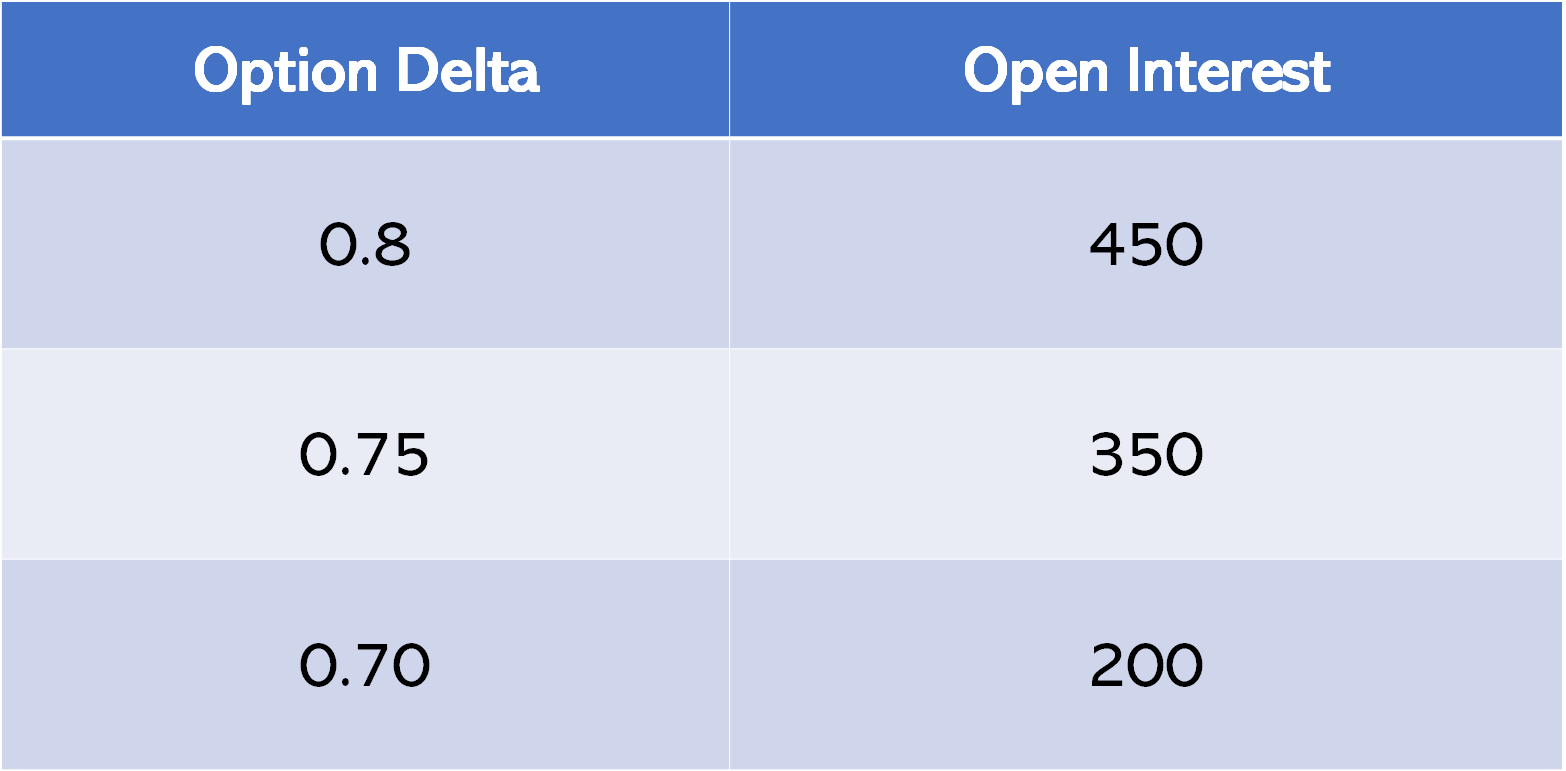
So which option will I choose in this case?
Well, I would choose the option delta with 0.75.
You might be wondering why don't I choose the one with option delta of 0.8? It has a higher open interest.
Remember, that I only need to have a sufficient open interest - and in this case, more than 300 is enough for me.
And also, remember that the higher the option delta, the more expensive the option premium is.
Which is why I would go for an option delta of 0.75 in this case.
Summary
So let's summarize the guidelines:
- 1The option has have an expiry date of more than 300 days
- 2The option have an option delta of more than 0.7
- 3The option has to have open interest of more than 300
- 4Buying this call option has to fulfill the four entry rules described previously
Because this is an important topic, here is a summary video on strike price and expiration date selection.
Note: One of the biggest reasons why the options hub was built as there were too many people who get burnt because of the lack of knowledge of how options works and its risks involved. This resource hub aims to equip beginner investors with the knowledge of options and how they can manage their risks when investing with options.


